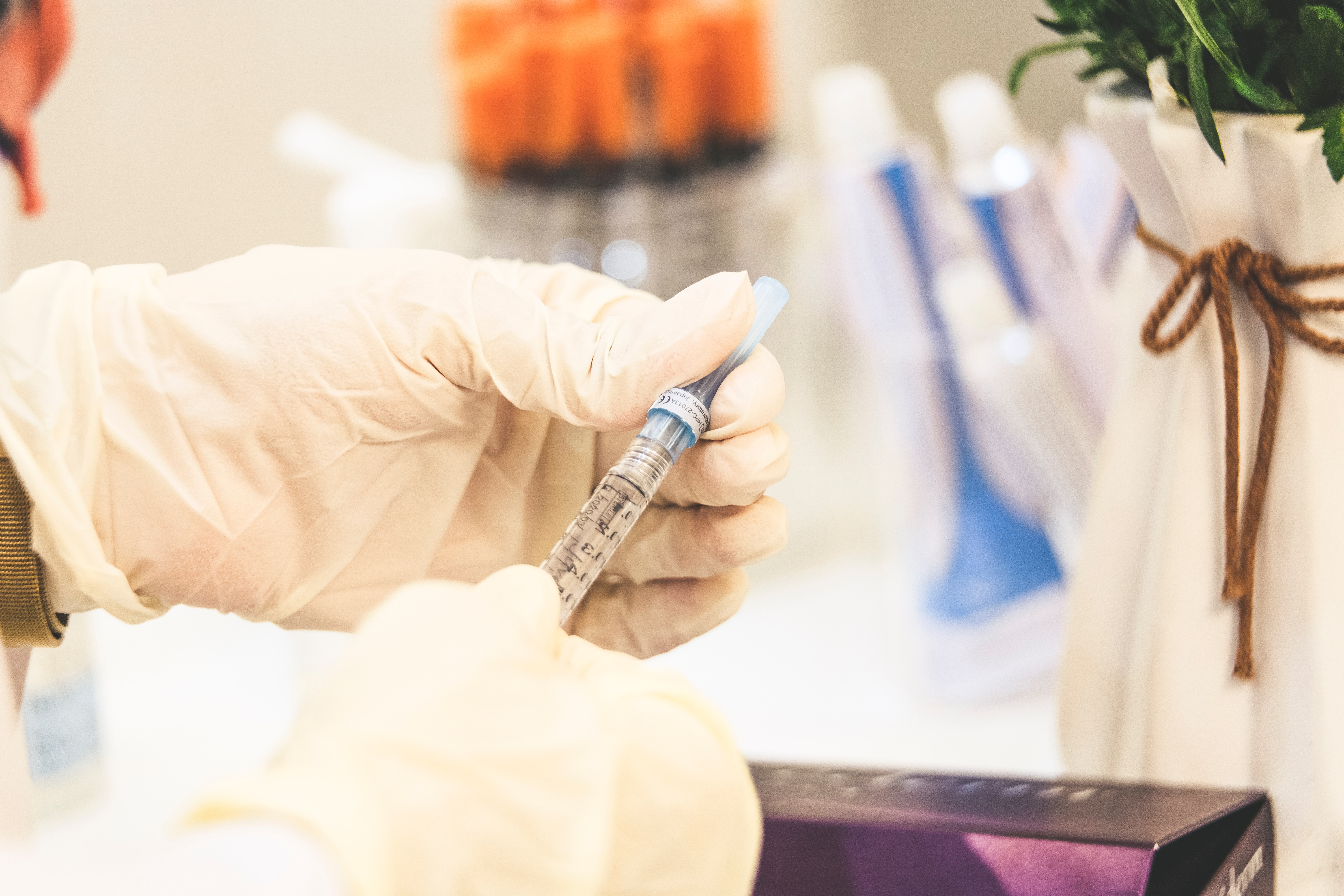
6 Signs of Disturbing Drug Diversion in Your Hospital
Drug diversion in hospitals and the healthcare industry as a whole has reached “epidemic proportions” due to ongoing prescription narcotics addiction. Healthcare workers have consistent, easy access to the commonly diverted drugs: opioids, antipsychotics, and benzodiazepines. Additionally, opioids demand special attention: our research found Fentanyl accounted for more than 20% of drug variances.
But what is drug diversion exactly, and what can hospitals do to prevent it?
What is drug diversion in healthcare?
One in 10.
That’s the approximate number of healthcare workers abusing drugs, according to the American Nurses Association and U.S. Substance Abuse and Mental Health Services Administration.
Misusing or illegally obtaining prescription drugs or controlled substances has become so prevalent that the Centers for Disease Control even defined the term: drug diversion.
Typically, nurses and other hospital workers engage in drug diversion for
- personal use
- commercial sale
- illegal distribution to others
Hospital managers and executives used to think drug diversion was something that happened “over at that other hospital,” but now realize the troubling epidemic can no longer be swept under the rug.
Every healthcare facility must have a system in place to prevent drug diversion and ensure compliance. The problem is here, and to protect patient safety and staff health, a sound drug diversion program is the solution.
What are some of the signs of drug diversion?
The Joint Commission recently published a newsletter on drug diversion and impaired health care workers. Because healthcare organizations must carry prescription drugs in order to care for their patients, they are ultimately responsible for developing a drug diversion prevention program.
If you’re a nurse manager or director of a hospital pharmacy that is responsible for staff that handles drugs, you need to be able to recognize some of the telltale signs of drug diversion:
- Removal of controlled substances for patients not assigned to the nurse, for recently discharged or transferred patients, or removal without a doctor’s orders
- Diverted or forged prescription pads
- A prepared syringe’s contents replaced with saline
- Drug waste not properly disposed of or corroborated by witnesses
- Pattern of patients continuing to complain of excessive pain, despite records indicating patient has received adequate pain medication
- Failure to regularly document medical records and drug administration according to hospital policy
What are the consequences and negative effects of drug diversion?
Neglecting to address drug diversion prevention is failing to keep your patients, staff, and organization safe.
- When patients are given inadequate pain medication, or in a very noteworthy case, insufficient anesthetic during an invasive surgery, the physical damage can be significant. The mental or emotional turmoil for patients suffering may be insurmountable long-term.
- The integrity of your hospital is in jeopardy. The legal consequences, including vulnerability to civil or criminal suits, coupled with the associated financial costs, can be vast. Not to mention heavy fines from the DEA.
- The direct financial impact of drug diversion is profound: hundreds of millions of dollars worth of controlled drugs are diverted annually. One dangerous case of drug diversion could easily bankrupt a hospital.
Staff who get away with drug diversion, even very small doses over a period of time, are not being protected by a hospital administration that promotes their safety and health. Opioids are highly regulated and monitored for a reason: they are highly addictive. Hospital leaders have a responsibility to ensure drug diversion compliance in order to ensure the wellbeing of their staff.
How to establish an effective drug diversion program
Leading-edge drug diversion monitoring software is crucial to preventing drug abuse in your hospital.
We designed ControlCheck to help hospital pharmacy directors track every drug administered in your distribution chain.
We align with your existing systems to reveal new data on your pharmacy’s behavior and performance using machine learning and artificial intelligence. After working alongside 250+ hospital partners on 3,000+ potential instances of drug diversion, we have the expertise you need to prevent drug diversion.
Learn more about stopping drug diversion with our latest Diversion Quarterly which can be found here, or download our Diversion Collective brochure for more information about our virtual learning cohort.